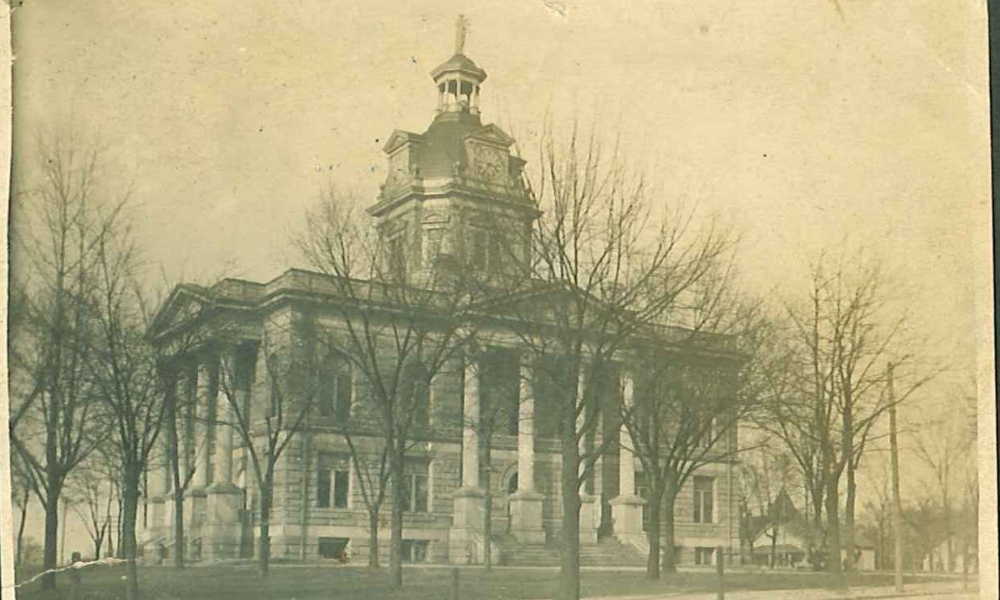Scottdale Mills Village
Scottdale Mills, a prime example of Southern industry, closed its doors in 1982. Imported textiles by that point were making it difficult to keep what was once one of the premier mills in the state of Georgia open.
However, this is not intended to be a story of the Mill and its operations over the years. Rather, this aims to give a brief glimpse into the history of the community that was developed around the Mill. This is a story about “The Village”.

Panoramic image of Scottdale Mill and village. The brick mill was located off of Longmeadow Dr and was demolished in 1999.
The Scottdale Mills Village was built up between the years 1900-1915. It stood as an example of rural planning arising around an emerging Southern industry.
The village was made with the purpose to provide housing for the workers at the Mill. These laborers were able to rent a room for twenty-five cents per week. But the Mill provided more than just a roof over the heads of its employees.
“The Village” as it came to be called, was a community all on its own. The “Village” was located south of the mill, bounded by E. Ponce de Leon Ave to the south and Longmeadow Drive to the north. Dirt roads connected homes to a Church, a health clinic (411 Aldrich Ave) and a company general store. There was also a communal laundry in addition to a ‘clubhouse’ (419 Aldrich Ave) where children could be looked after. Essentially, The Village provided everything a worker could want in proximity to the Mill.
In 1924 the Scottdale Mills elementary school was built, and workers of the Mill and the surrounding area were able to send their children to get an education. Throughout the 1930s to the 1950s newer technologies and developments found their way into The Village. In the ’30s, electricity was installed as well as outdoor toilets to replace outhouses. The 1950s brought with it indoor plumbing and sewer services. It was also in the ’50s that homes were no longer rented but instead sold to employees should they choose to purchase them. The post-World War II boom helped to prompt this decision as more housing was made available to workers in the areas surrounding the Mill. Ultimately, all but one family living in The Village chose to purchase their home.

It was clear that the families living there had created a community for themselves. A baseball team had at one point been established; games were played on weekends against other mill teams in the Atlanta area. Furthermore, a Scottdale Mills marching band was put together.

Scottdale Mills Marching Band.
It is apparent then, that for the workers of the Mill, their work provided an opportunity to build and be a part of a community. Even after the Mill closed its doors, the workers, many of whom had families that had been there for generations, stayed in the Village. It had over the decades become a place where everyone knew each other, where the former cotton mill workers felt at home.
Certainly, it is important to remember the role that the Scottdale Mill had in economic terms and to trace its changes and its impact from its establishment to its closing. But it is just as important to recognize the social impact it had, to remember that real people resided around that Mill and found a sense of community there while they were working to make a living.

Created by Sophia Malikyar
Information gathered from:
Various sources at the DHC archives





